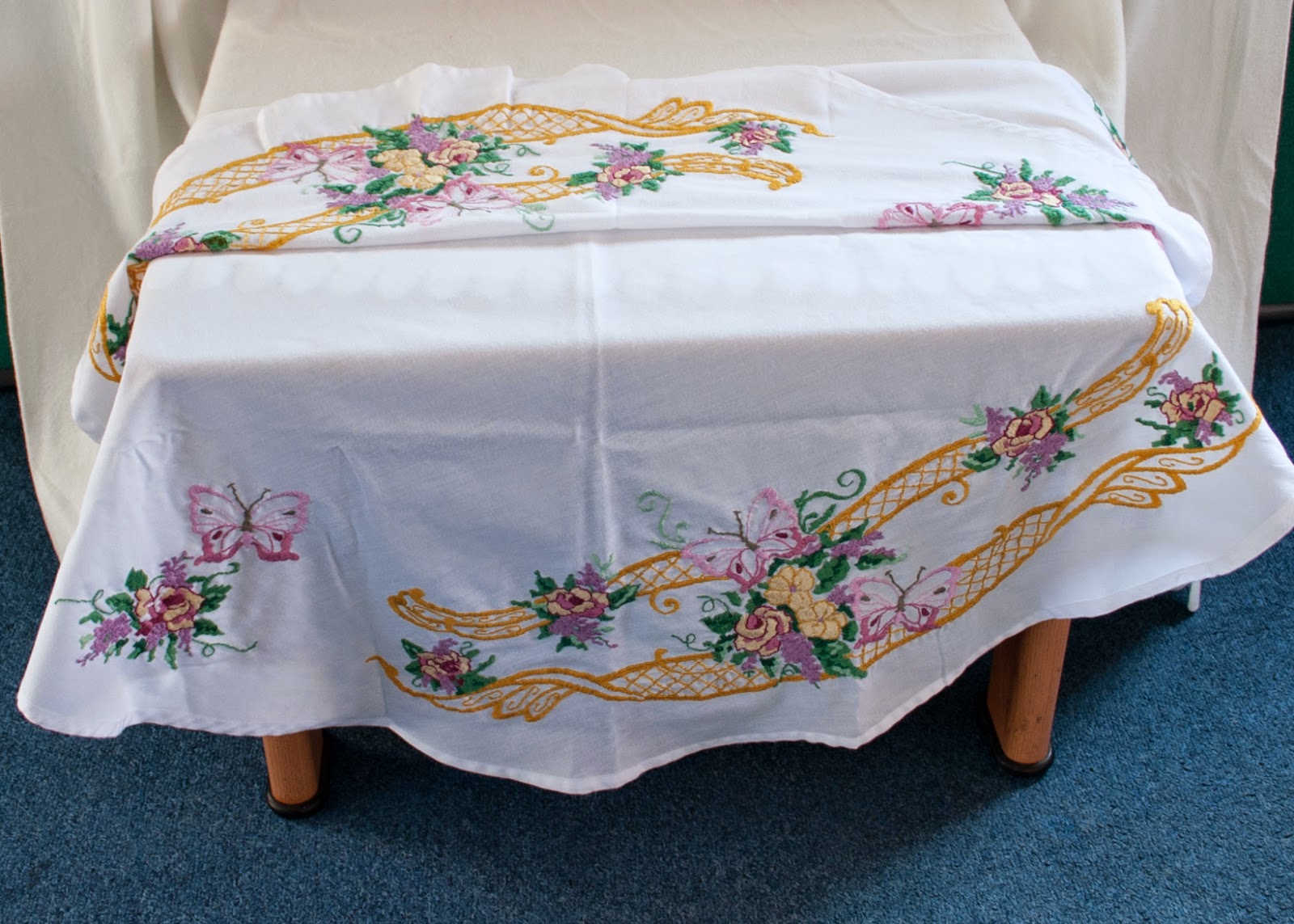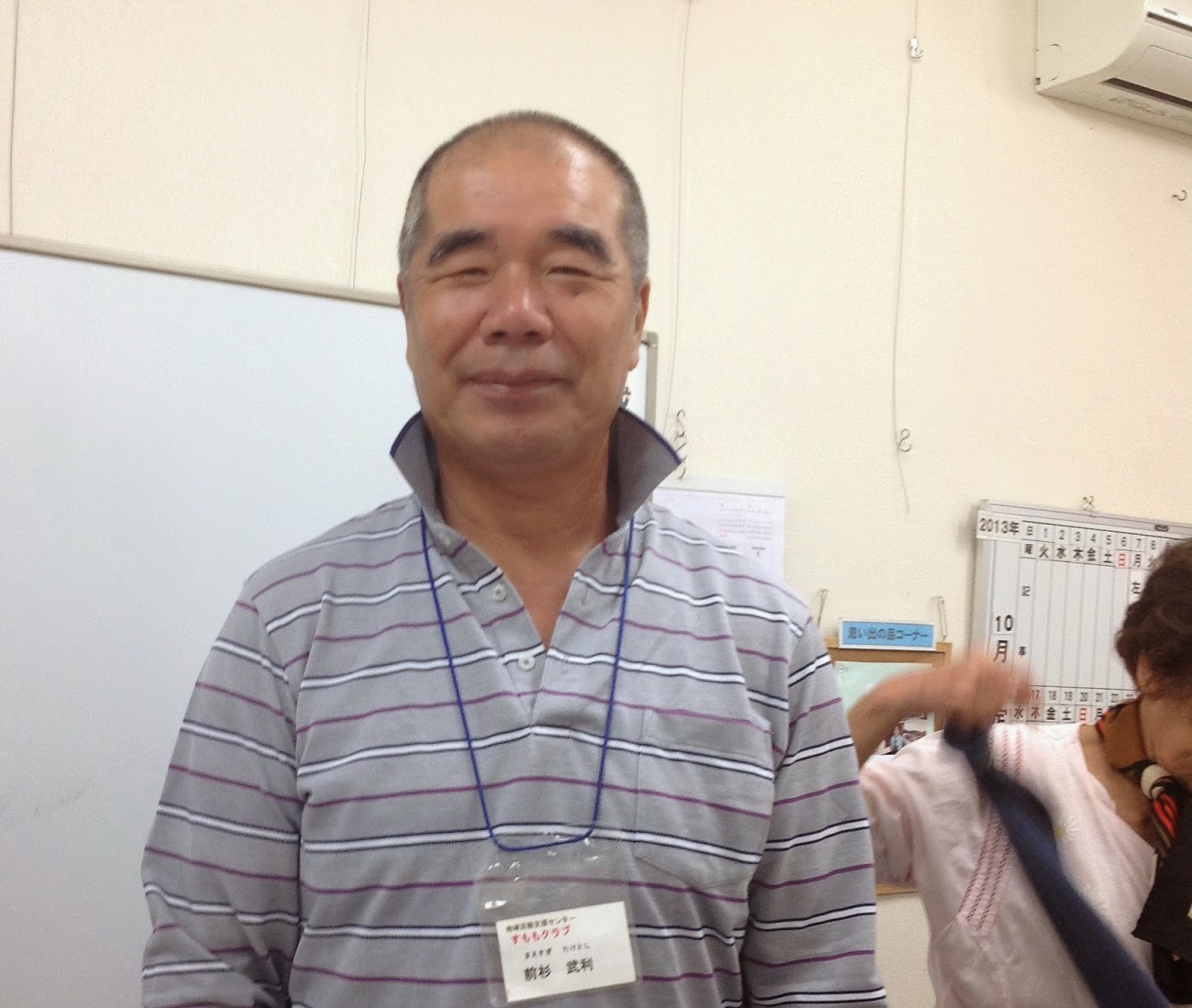The WSO Stroke Research Committee has been
working to establish a set of research recommendations relevant to the WSO
mission for Stroke Treatment, Prevention and Recovery. In establishing these draft recommendations
the committee systematically collated, categorized, and reviewed research
recommendations from multiple other national, regional, and patient-centered
stroke organizations. The WSO Board
members were asked to review and prioritize these research
recommendations. Recommendations were
rated on how strongly they definitely should be included among the top
recommendations related to the WSO mission. The top recommendations are listed below:
Stroke
Treatment
1. Expand and integrate existing
stroke trial networks to accelerate translation
2.
Establish stroke centers and stroke units to assist patients with acute stroke
Stroke Prevention
1.
Establish a global chronic disease prevention initiative that includes stroke
as a major focus among a cluster of conditions
2.
Prevent vascular cognitive impairment
Stroke Recovery
1.
Standardize the practice of post stroke rehabilitation based on best evidence
2.
Evaluate of the best ways to address and improve life after stroke:
(a) Improve cognition after stroke;
(b) Help people come to terms with
the long-term consequences of stroke;
(c) Enhance recovery from aphasia;
and
(d) Improve arm recovery and
function.
These draft recommendations approved by the
WSO Board in October 2014 are now being posted for member and public
comment. At present, we request WSO
members and other stroke constituents to review these draft recommendations and
post any comments on the BLOG. Comments
will be collated and reviewed by the WSO Research Committee and included in
their final report. We will be accepting
comments until Friday, January 23rd, 2015.
If you are having difficulty commenting then please feel free to email your comment directly to carmenl@unimelb.edu.au or on our Facebook









































